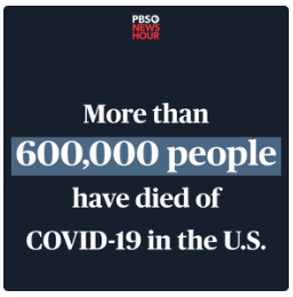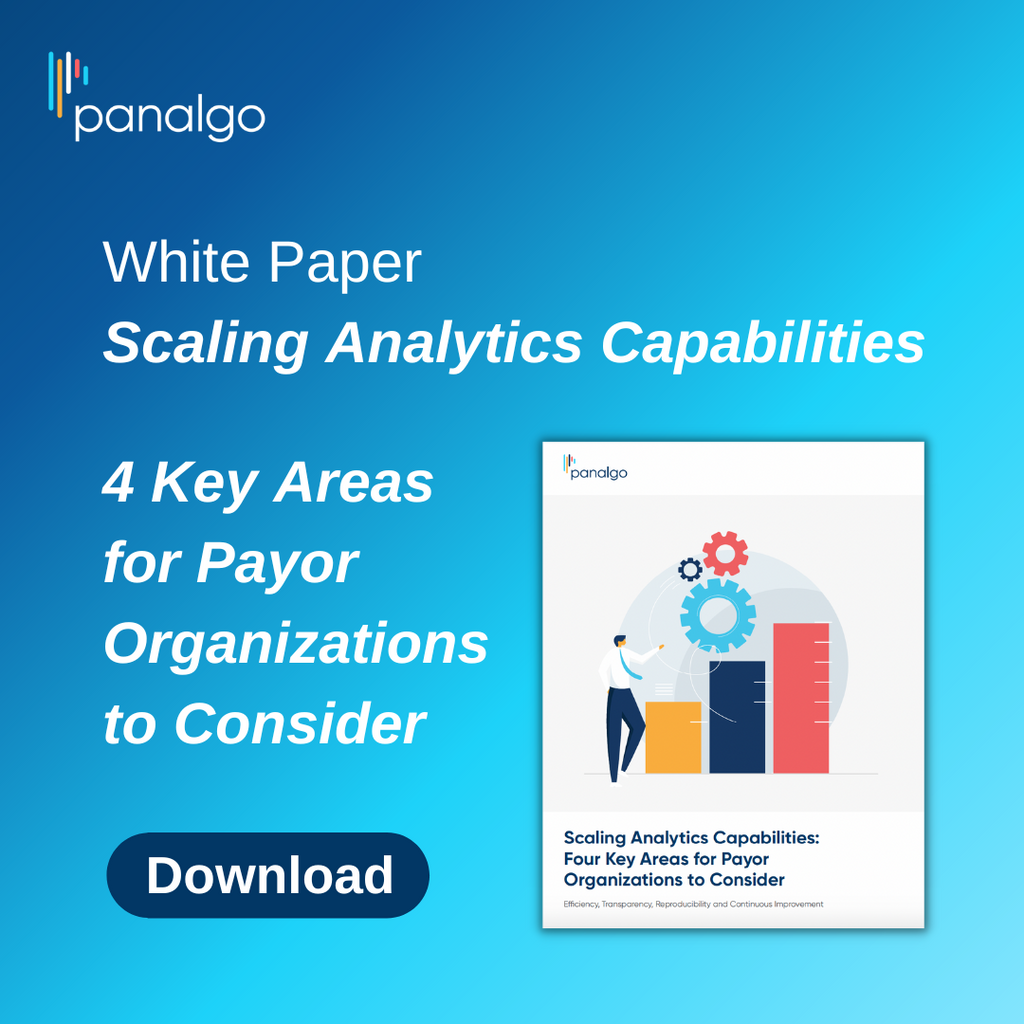Radar on Drug Benefits
-
Proteus Files for Bankruptcy Protection Amid Digital Pill Dispute
Proteus Digital Health, a startup that develops ingestible sensors that communicate when medicines are taken, on June 16 filed for Chapter 11 bankruptcy protection. The move, which company executives said will pave the way for a sale, comes as smart pills struggle to get reimbursed amid financing policies that have hindered widespread uptake, despite the technology’s potential to improve adherence and overall health outcomes.
While the COVID-19 pandemic pushed payers like Medicare to reimburse for telemedicine and remote monitoring, the digestible sensor industry hasn’t reaped the benefits of that expansion. Moreover, the digital pill isn’t a traditional drug or durable medical equipment that falls neatly into Part D. It doesn’t have a CPT code and doesn’t fall under CMS’s remote patient monitoring, data collection or analysis payments. In the end, Proteus’ mostly value-based arrangements didn’t provide the capital to pay investors back.

-
CMS Proposes Best Price Waivers for Costly New Therapies
In an effort to boost adoption and lower costs for curative therapies, CMS proposed a new rule that the agency says would allow state Medicaid plans to enter into value-based, outcome-dependent purchasing agreements with drug manufacturers using a new interpretation of best price rules. The new rule also criticized insurers’ redirection of copay accumulators, a common arrangement between plans and patients to pay for expensive specialty drugs.
CMS proposed an updated interpretation of Medicaid “best price” rules — which dictate how rebates are calculated in the Medicaid Drug Rebate Program — by clarifying best price reporting requirements and enabling new structures including year-to-year scheduled prices that could change in relation to patient outcomes. CMS Administrator Seema Verma positioned the new regulation as part of the Trump administration’s broader efforts to lower drug prices and argued that the rule will speed adoption of expensive curative therapies.

-
News Briefs
✦ This month, the federal government’s supply of remdesivir will run out, CNN reported. The antiviral drug is a palliative treatment for COVID-19 with documented clinical effectiveness, and is so far the only treatment that is widely available. Gilead Sciences Inc., the maker of the drug, has ramped up supply in recent months but can’t say when new doses will be available. “Right now, we’re waiting to hear from Gilead what is their expected delivery availability of the drug as we go from June to July. We’re kind of not in negotiations, but in discussions with Gilead as they project what the availability of their product will be,” HHS Assistant Secretary Robert Kadlec, M.D., told CNN. Read more at https://cnn.it/2YhpPj5.
✦ The PBM industry is likely to grow at a 7% compound annual rate from 2019 to 2025, according to a report by market research firm Arizton. A higher rate of FDA approvals for orphan and specialty drugs and a growing trend of value-based contracting are among the factors that will drive growth in the industry, per the US Pharmacy Benefit Management Market Report. Read more at https://bit.ly/2XIGGwa.

-
Pricey Cures Pose Reinsurance, Cost-Sharing Challenges
Genomic, curative drugs for chronic and terminal diseases are perhaps the most exciting new treatments in medicine. But even though these highly tailored therapies come to market with the potential to save costs for the health care system, the industry is struggling to pay for them because of their high up front costs. One expert says that PBMs are well-positioned to sit at the center of new financial models that distribute the high cost and substantial savings equitably across the entire industry.
“The key drug, device and diagnostic access decision-makers have oftentimes utilized traditional health economics approaches to assessing value of health care products and services. That said, value can mean different things to different decision-makers, and that’s an important distinction to make,” said Brian Leinwand, an associate principal for health economics at Avalere Health, during a June 9 webinar on alternative financing models for emergent therapies.

-
Studies Paint Nuanced Picture of Insulin Out-of-Pocket Costs
Medicare enrollees this fall will be able to sign up for prescription plans that cap copayments for insulin at $35 a month. A recent Kaiser Family Foundation analysis shows that average annual out-of-pocket spending on insulin among Medicare Part D enrollees without low-income subsidies (LIS) increased from $324 in 2007 to $580 in 2017. Meanwhile, a new study in JAMA Internal Medicine found that insulin accounted for just 18% of all out-of-pocket spending among privately insured patients with type 1 diabetes in 2018 — and accounted for less out-of-pocket spending than diabetes-related supplies.











